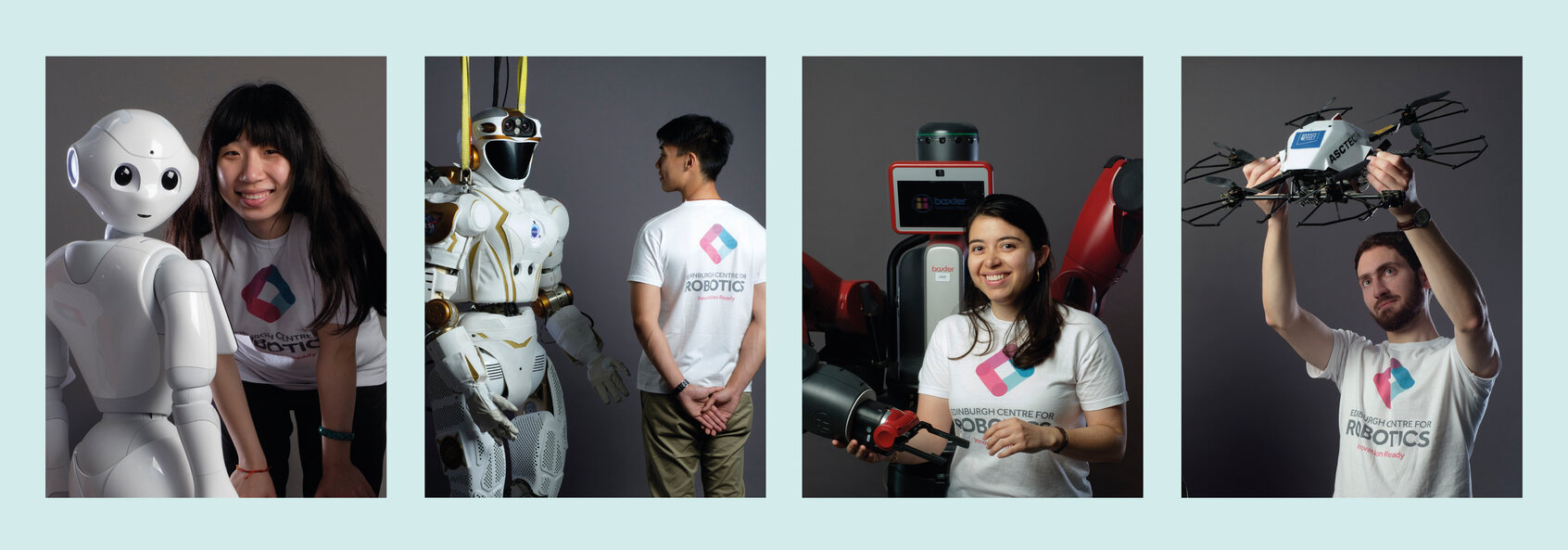The next IPAB Workshop will take place 24/09/2020 via Blackboard Collaborate - John Pisokas and Theodoros Stouraitis will be speaking.
Please refer to your emails for the link.
Speaker: John Pisokas
Title: Spinning and Reeling Flies (Episode III) - How Insects Remember Where Home Is?
Abstract: Insects of many species are able to navigate over impressive distances in relation to their body size. A necessary competence for navigation is the ability to keep track of their heading as well as the distance they have travelled. The locus of the brain circuit that provides the necessary computation has been identified and there is ongoing effort to understand its operation.
We have recently shown that even though the brain anatomy looks distinct between different species, the underlying heading tracking circuits have a very similar structure with functional adaptations that support the particular behavioural capabilities of each species.
Now we investigate how an insect’s brain remembers how far the insect has travelled in order to return to its nest. How brains store and maintain distance information is still an unsolved mystery. Current memory models do not satisfy the behavioural requirements of insects. We show that a popular memory model, the line attractor hypothesis, cannot be the underlying memory mechanism and propose an alternative memory mechanism that satisfies the behavioural requirements of insects.
Speaker: Theodoros Stouraitis
Title: Multi-mode Trajectory Optimization for Impact-aware Manipulation
Abstract: In this talk, we will consider a manipulation task where contact with an object needs to be realized at speed. In general, the transition from free motion to contact is a challenging problem in robotics, in part due to its hybrid nature. Additionally, disregarding the effects of impacts at the motion planning level often results in intractable impulsive contact forces. Here, we propose an impact-aware multi-mode trajectory optimization (TO) method that combines hybrid dynamics and hybrid control in a coherent fashion. A key concept is the incorporation of an explicit contact force transmission model in the TO method. This allows the simultaneous optimization of the contact forces, contact timings, continuous motion trajectories and compliance, while satisfying task constraints. To illustrate the capabilities of our method, we compare the proposed method against standard compliance control and an impact-agnostic TO method in physical simulations. Further, we experimentally validate the proposed method with a robot manipulator on the task of halting a large-momentum object.

